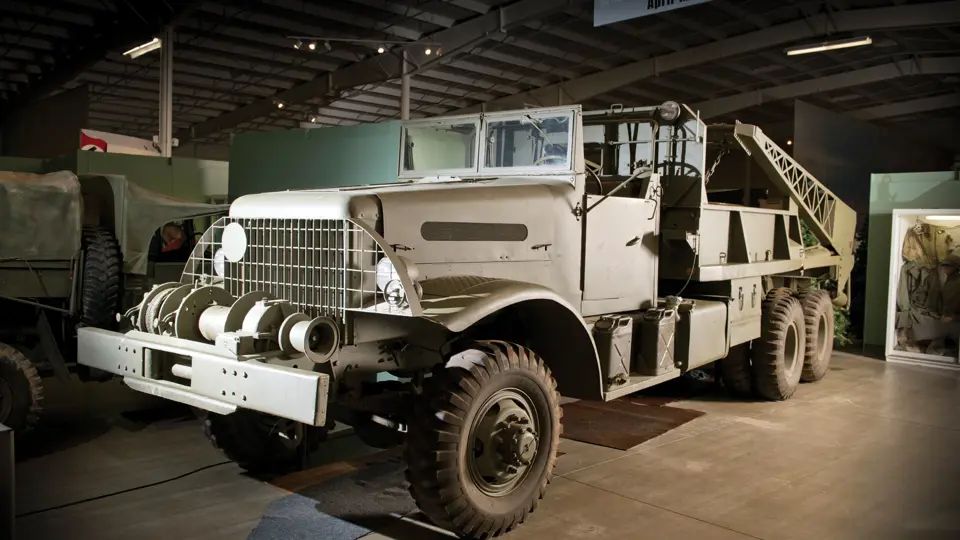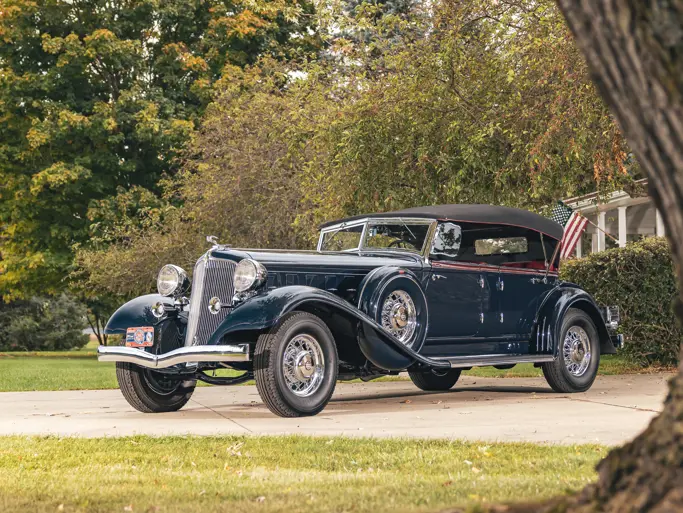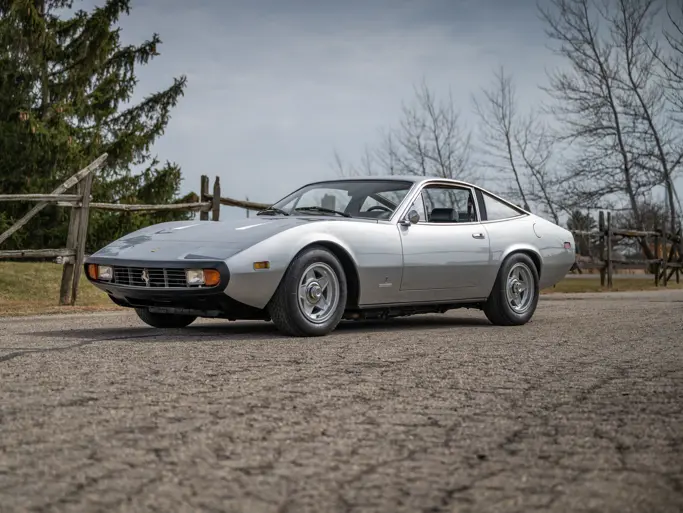Please Note: Information regarding these museum display vehicles was provided by the National Military History Center and has not been independently verified by Auctions America by RM ("AA"). As such, AA does not verify, warrant or guarantee any of this information. Prior inspection and research by the buyer is highly encouraged and recommended.
ATTENTION: Buyers are responsible for securing transportation and moving/loading of lots. Lot may be left on display indefinitely in the museum free of charge with a signed loan agreement form. Lots are sold as is, where is.
Please note this is being sold on "Bill of Sale" only.
Manufacturer: Brockway
Production Year: 1943
Engine: Hercules HXD, in-line, liquid-cooled, 202-hp, six-cylinder
Length: 31-feet, 2-inches
Width: 8-feet, 4-inches
Height: 9-feet, 2-inches
Weight: 19-1/4-tons (with payload)
Armor: None
Armament: NONE on this example - Could be fitted with a Browning M2 .50 caliber machine gun (typically, every fourth vehicle)
Maximum Road Speed: 35-mph
Maximum Payload: 6-tons
Wheelbase: 220-inches
Markings: US 1st Army, 300th Combat Engineers Battalion, Headquarters’ Company, 2nd Vehicle
The Brockway B666, 6-ton, 6x6 truck was preceded in production by nearly identical models produced by Corbitt and White beginning in 1941. All three manufacturers built their models to a common standardized military design. The most common models of the 6-ton, 6x6 trucks were cargo and prime movers (artillery tractors). Other production variants included firetrucks, tankers, crane carriers, shop vans and highly specialized bridge erectors (as displayed in photos) The mechanical components of the 6-ton, 6x6 trucks were so well designed that they remained virtually unchanged from their initial 1941 specifications until the end of the war. The only major change was to the cabs, which switched from the early civilian-type enclosed cab to the simplified open cab introduced in mid-1942. The Brockway B666 featured an all-steel body which carried bridging components including pontoons and steel tread plates. The bridging components were lifted and placed by a 4-ton hoist. The Brockway B666s assisted in the vital replacement of destroyed bridges, which played a major role in the Allied victory. Brockway produced 1,166 of the 3,075, 6-ton bridge erectors built during WWII.



 | Auburn, Indiana
| Auburn, Indiana


